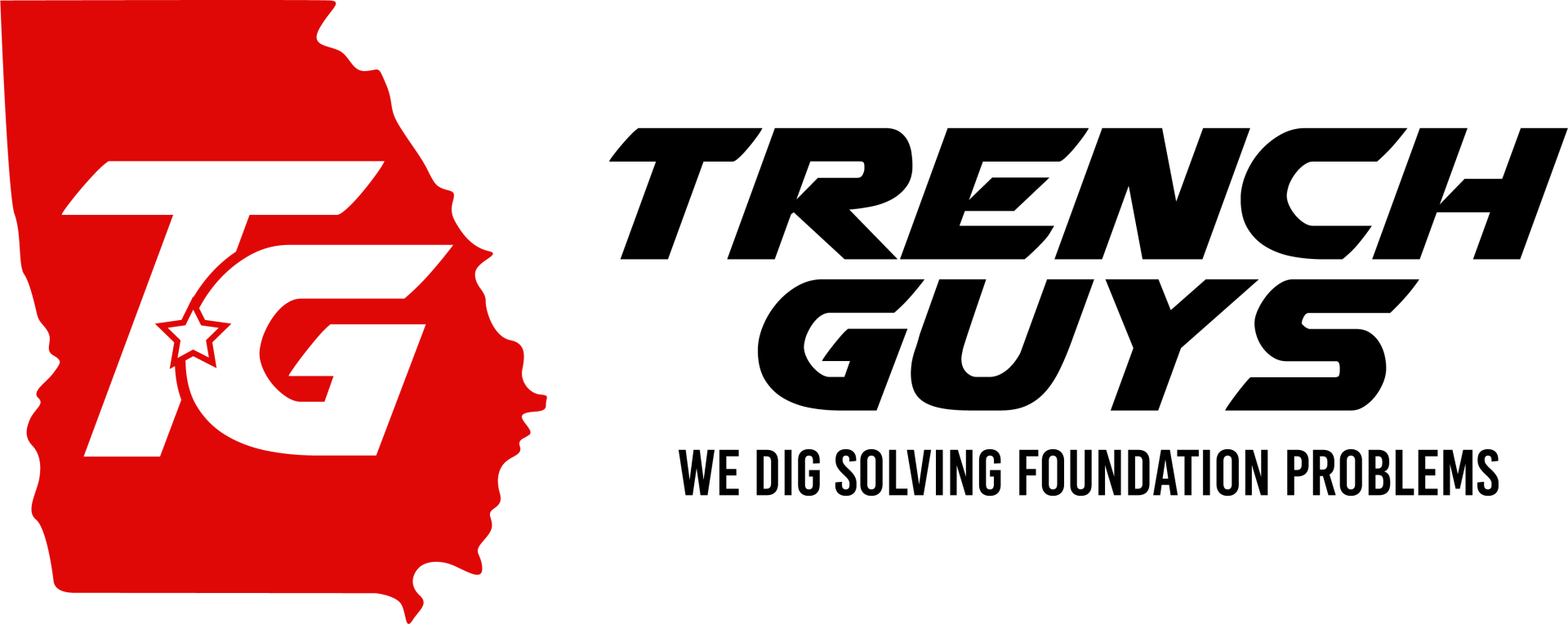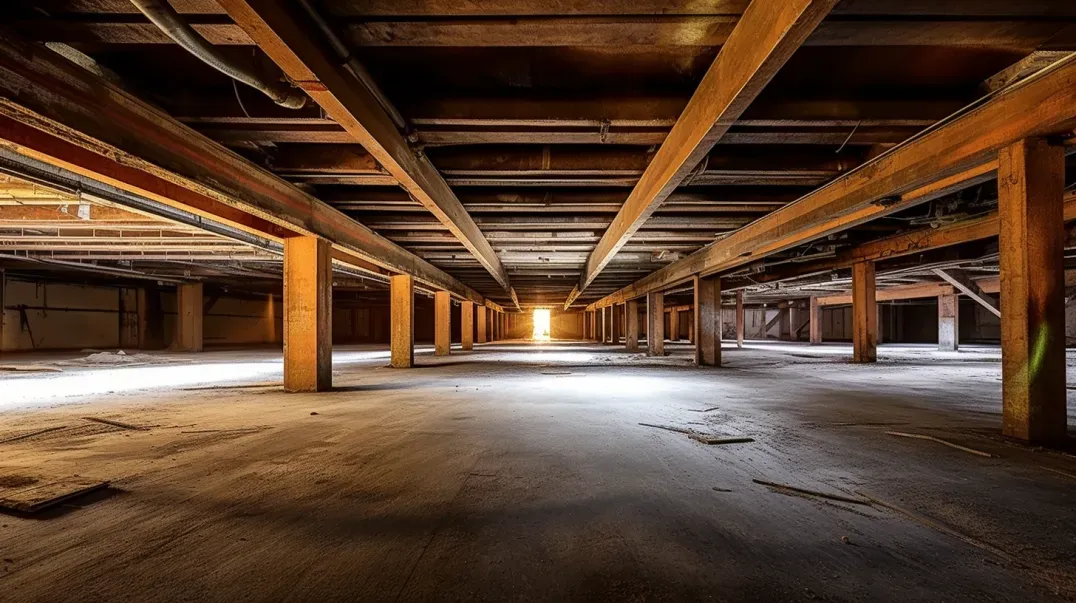In the quest for a healthier living environment, the significance of crawl space ventilation often goes unnoticed. Yet, this hidden aspect of home maintenance plays a pivotal role in preserving the structural integrity and air quality of our living spaces. This blog delves into the essential function of crawl space ventilation in safeguarding your home's health, offering a comprehensive overview that illuminates its importance beyond mere building compliance.
Crawl spaces, the narrow areas found beneath many homes, are prone to moisture accumulation, which can lead to a myriad of problems if not properly managed. The balance of air flow in these spaces is crucial, not just for the longevity of the building's foundation, but also for the health of its inhabitants. Proper ventilation ensures that dampness is kept at bay, preventing the growth of mold and mildew—silent foes that can have profound impacts on both the structure of your home and the quality of the air you breathe.
However, the consequences of neglecting this critical aspect of home care are far-reaching. Poorly ventilated crawl spaces become breeding grounds for moisture and mold, leading to wood rot, compromised structural integrity, and an increase in allergens and toxins in the air. The ripple effects of these issues can extend beyond costly repairs, posing serious health risks to residents and potentially diminishing the overall value of the property.
Through this exploration, we aim to shed light on the mechanisms of crawl space ventilation, underscore its significance in home maintenance, and highlight the dire consequences of oversight. By understanding the vital role that this often-overlooked aspect plays in the health of your home, you can take proactive steps to ensure a safer, healthier living environment for you and your loved ones.
Ensuring Home Health Through Effective Crawl Space Ventilation
A healthy home environment is foundational to our well-being, yet one critical aspect often remains out of sight and out of mind: crawl space ventilation. This blog post explores the pivotal role that proper ventilation in the crawl space plays in maintaining the health and integrity of our homes. By delving into the mechanics of crawl space ventilation and its impact on indoor air quality and structural durability, we aim to illuminate why this often-overlooked feature deserves our attention.
The Vital Role of Crawl Space Ventilation
Crawl spaces, the hidden areas under many homes, are susceptible to moisture accumulation due to their proximity to the ground. Without adequate ventilation, this moisture has nowhere to escape, creating an environment ripe for the growth of mold, mildew, and fungi. These biological growths can compromise the air quality within the home, leading to potential health risks for the inhabitants.
Moreover, the importance of crawl space ventilation extends to the structural health of the building. Moisture accumulation can lead to wood rot and weaken the foundation and support structures of a home, posing long-term risks to its stability and safety. Proper ventilation helps regulate moisture levels, protecting the home from these detrimental effects.
Consequences of Poor Ventilation
The implications of neglecting crawl space ventilation are significant. Poorly ventilated crawl spaces can lead to:
- Health Issues: The growth of mold and mildew can exacerbate or lead to respiratory problems, allergies, and other health issues for the occupants.
- Structural Damage: Continuous exposure to moisture can weaken wooden structures, leading to costly repairs and potentially dangerous living conditions.
- Increased Energy Costs: Moisture problems can also affect the home's insulation, leading to higher heating and cooling costs.
- Pest Infestations: Damp environments attract pests such as termites and rodents, which can further damage the structure and lead to additional health concerns.
Understanding Crawl Space Ventilation
Ensuring the health and longevity of your home involves many critical aspects, with crawl space ventilation standing out as a key factor that often goes unnoticed. This section of our blog aims to shed light on the significance of proper ventilation in crawl spaces and the common issues that arise from neglecting this essential feature. By understanding the role of ventilation and identifying typical problems associated with inadequate systems, homeowners can take proactive steps to safeguard their homes against a myriad of preventable issues.
The Role of Ventilation in Crawl Spaces
Ventilation plays a pivotal role in maintaining the structural integrity and air quality of a home by regulating moisture levels in crawl spaces. These areas, located beneath the living spaces of a home, are particularly prone to moisture accumulation due to their proximity to the ground. Proper ventilation is crucial for several reasons:
- Moisture Control: It helps to expel excess moisture from the air, which can otherwise lead to the growth of mold, mildew, and fungi. These organisms not only degrade the quality of indoor air but can also cause health issues for the inhabitants.
- Structural Protection: By reducing moisture, ventilation helps prevent the rotting of wooden beams and joists that form the foundation of most homes. This prolongation of the structural components' lifespan can save homeowners significant repair costs.
- Energy Efficiency: Adequate ventilation contributes to maintaining a home's energy efficiency. Moisture-laden air is harder to heat or cool, leading to increased energy consumption and higher utility bills.
Common Ventilation Problems
Despite its importance, crawl space ventilation is often overlooked, leading to several common issues that can adversely affect a home and its occupants:
- Mold and Mildew Growth: The most immediate consequence of inadequate ventilation is the proliferation of mold and mildew, which thrive in damp environments. This can lead to health problems, including allergies, asthma, and other respiratory conditions.
- Wood Rot: Excessive moisture can cause the wooden structures supporting your home to rot, compromising its structural integrity and potentially leading to costly repairs.
- Increased Energy Costs: Poor ventilation can lead to higher humidity levels inside the home, making temperature control more challenging and energy-intensive.
- Pest Infestations: Damp crawl spaces are attractive to pests such as termites, rodents, and insects, which can cause further damage to the home and pose additional health risks.
By understanding the critical role of crawl space ventilation and the common problems associated with inadequate systems, homeowners can better appreciate the necessity of maintaining proper airflow in these areas. Addressing ventilation issues not only protects the structural health of the home but also contributes to a safer, more comfortable living environment for its occupants.
Ventilation Techniques for Crawl Spaces
Adequate ventilation in crawl spaces is crucial for maintaining the health of your home. It prevents moisture accumulation, deters mold growth, and protects the structural integrity of your home. There are two primary methods to achieve effective ventilation in crawl spaces: natural ventilation strategies and mechanical ventilation solutions. Understanding the benefits and applications of each can help homeowners choose the best approach for their specific situation.
Natural Ventilation Strategies
Natural ventilation leverages the flow of outdoor air to reduce moisture and regulate the environment within a crawl space. This method is environmentally friendly and cost-effective, as it relies on the natural movement of air without the need for energy consumption. Here are key strategies to enhance natural ventilation:
- Vent Placement: Properly placed vents can facilitate cross ventilation by allowing fresh air to enter from one side of the crawl space and exit through the opposite side. The placement and size of these vents are critical for maximizing air flow and ensuring effective moisture control.
- Barriers and Covers: While venting is essential, it's also important to prevent the entry of pests and rodents. Installing vent covers with screens can keep unwanted visitors out while still allowing air to circulate freely.
- Moisture Barriers: A vapor barrier on the crawl space floor can reduce the evaporation of ground moisture into the crawl space, significantly lowering the overall humidity level and enhancing the effectiveness of natural ventilation.
Mechanical Ventilation Solutions
In some cases, natural ventilation may not be sufficient to maintain optimal conditions in a crawl space, especially in regions with high humidity or in tightly sealed homes. Mechanical ventilation solutions, such as fans and vents, can provide the necessary air movement to keep crawl spaces dry:
- Exhaust Fans: Installing an exhaust fan in one of the crawl space vents can help draw moist air out of the space, effectively reducing humidity levels. These fans can be controlled by humidistats, which automatically activate the fan when humidity levels exceed a preset threshold.
- Forced Air Ventilation: This system uses ducts and fans to force outside air through the crawl space. By creating a continuous flow of air, forced air systems can effectively manage moisture levels and ensure a dry crawl space environment.
- Dehumidifiers: For crawl spaces with persistent moisture problems, a dehumidifier can be an effective solution. While not a ventilation technique per se, dehumidifiers complement mechanical ventilation by removing moisture from the air, maintaining a dry and healthy crawl space.
Choosing the right ventilation technique for your crawl space depends on various factors, including climate, home construction, and existing moisture levels. A combination of natural and mechanical ventilation strategies may be necessary to achieve the best results. Regular inspection and maintenance of your crawl space ventilation system are essential to ensure its effectiveness and the long-term health of your home.
Assessing Your Crawl Space's Ventilation Needs
Ensuring proper ventilation in your crawl space is crucial for maintaining the structural integrity of your home and the health of its inhabitants. Over time, crawl spaces may develop ventilation issues that can lead to significant problems if not addressed. Recognizing the signs of poor ventilation and understanding how to assess your crawl space's ventilation needs are essential steps in preventing moisture-related issues.
Signs of Poor Ventilation
Several indicators can signal inadequate ventilation in your crawl space. Being aware of these signs can help you take timely action to mitigate potential damage:
- Mold Growth: The presence of mold or mildew on wood surfaces or insulation within the crawl space is a clear indicator of excessive moisture and poor ventilation. Mold not only damages the structure of your home but can also pose health risks to its occupants.
- Moisture Buildup: Visible water on the foundation walls or pooling on the crawl space floor suggests high humidity levels and inadequate ventilation. This condition can lead to wood rot and attract pests.
- Musty Odors: A musty or damp smell emanating from the crawl space is often the result of stagnant air and moisture, indicating poor air circulation.
- Increased Humidity in Living Areas: If the upper levels of your home feel more humid, it could be due to moisture migrating from an inadequately ventilated crawl space.
- Insulation Damage: Wet or deteriorating insulation material is a sign that moisture is present, which can be attributed to insufficient ventilation.
Conducting a Ventilation Assessment
To accurately assess your crawl space's ventilation needs, follow these steps:
- Visual Inspection: Begin with a thorough visual inspection of your crawl space. Look for any of the signs mentioned above, such as mold growth, moisture on walls, or damaged insulation. Note any vents and their conditions to ensure they are not blocked or damaged.
- Humidity Measurement: Use a hygrometer to measure the humidity level in your crawl space. A humidity level above 60% indicates excessive moisture and the need for improved ventilation.
- Ventilation Rate Calculation: Calculate the ventilation rate of your crawl space by measuring the total square footage of the area. Building codes typically recommend at least 1 square foot of vent space for every 150 square feet of crawl space area. Ensure your crawl space meets or exceeds this standard.
- Assess External Factors: Consider external factors such as landscaping, gutters, and downspouts that may affect moisture levels in your crawl space. Ensure that water is being properly diverted away from your home's foundation.
- Consult a Professional: If you're unsure about your assessment or if significant issues are identified, consulting with a professional can provide you with a detailed analysis and recommendations for improving your crawl space's ventilation.
By identifying signs of poor ventilation and conducting a comprehensive assessment, homeowners can take proactive steps to address ventilation issues in their crawl spaces. Proper ventilation is key to preventing moisture-related problems, ensuring the longevity of your home, and maintaining a healthy living environment.
Implementing Effective Ventilation
Proper ventilation in your crawl space is crucial for maintaining the health of your home by preventing moisture buildup, mold growth, and ensuring the longevity of your home's structure. Implementing effective ventilation involves more than just adding vents and fans; it requires a strategic approach to ensure balanced air flow and optimal moisture control. Here's how to get started:
Installing Vents and Fans
The installation of vents and fans plays a pivotal role in facilitating air circulation and reducing moisture levels in crawl spaces. Here's a guide to doing it right:
- Choosing the Right Vents: Vents should be placed strategically around the perimeter of the crawl space to allow for cross ventilation. This means installing vents on opposite sides to enable air to flow through effectively. The size and number of vents needed depend on the size of your crawl space, with building codes generally recommending at least 1 square foot of vent area for every 150 square feet of crawl space.
- Fan Installation: For crawl spaces where natural ventilation is insufficient, installing an exhaust fan can help enhance air circulation. The fan should be positioned to expel damp air from the crawl space to the outside. When selecting a fan, consider models with a humidistat to automatically turn the fan on or off based on the humidity level in the crawl space.
- Professional Installation: While some homeowners may feel comfortable undertaking this project themselves, professional installation ensures that vents and fans are correctly placed and functioning optimally. A professional can also help determine the best type of vents and fans for your specific situation.
Balancing Air Flow
- Achieving balanced air flow in your crawl space is essential for effective ventilation. Here are tips to ensure proper air circulation:
- Even Distribution of Vents: To prevent areas of stagnant air, ensure that vents are evenly distributed around the crawl space. This helps create a uniform flow of air that can effectively reduce moisture levels throughout the entire area.
- Avoiding Over-Ventilation: While adequate ventilation is crucial, too much ventilation can lead to other issues, such as energy loss and temperature fluctuations that can affect the comfort of your living spaces above. Balancing the amount of ventilation is key to maintaining an effective and efficient system.
- Regular Maintenance: Regularly check vents and fans for blockages, damage, or malfunction. Keeping these components in good working order is essential for maintaining balanced air flow and effective ventilation.
- Consideration of External Factors: The environment around your home can impact the effectiveness of your crawl space ventilation. Ensure that landscaping, gutters, and downspouts are designed to direct water away from your foundation to prevent excessive moisture from affecting the crawl space.
Implementing effective ventilation in your crawl space is a critical step in protecting your home from moisture-related issues. By carefully installing vents and fans and ensuring balanced air flow, homeowners can create a healthier living environment and safeguard the structural integrity of their homes.
FAQs
Contact Trench Guys Today!
Trench Guys will do everything we can to ensure your experience with us is excellent.
Request A FREE Estimate
Request a Free Estimate Form
Checkout Recent Post
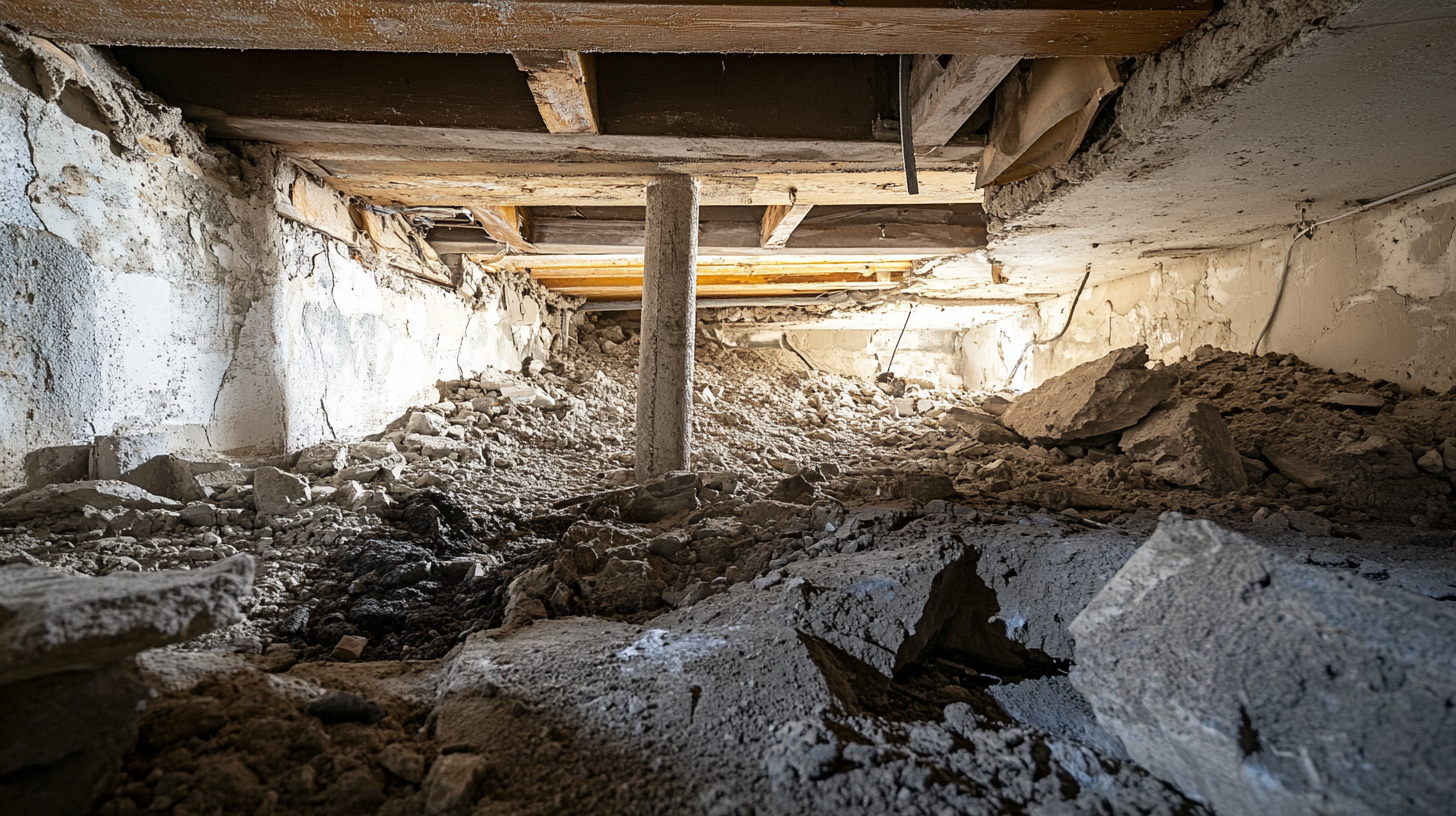
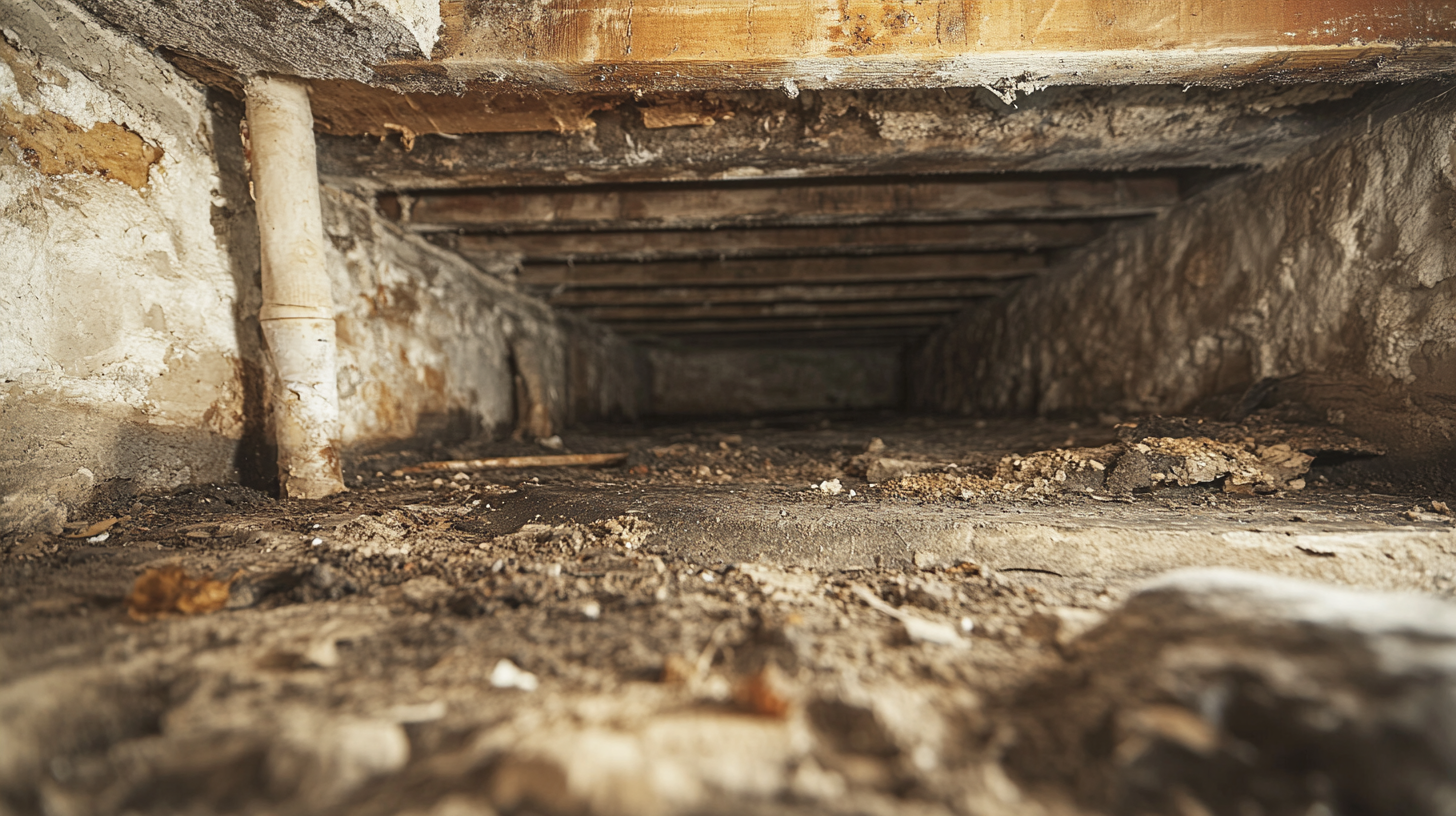
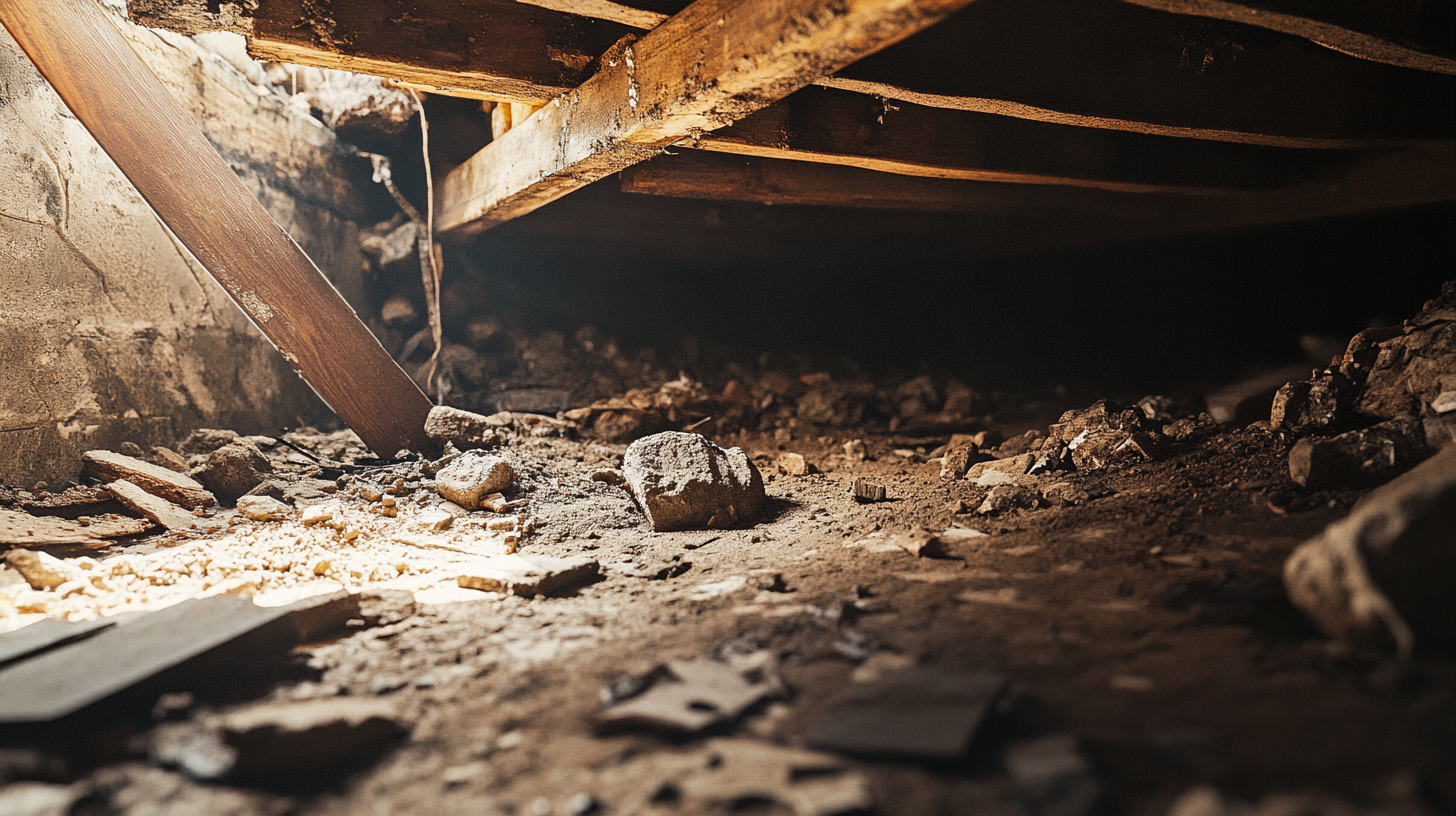
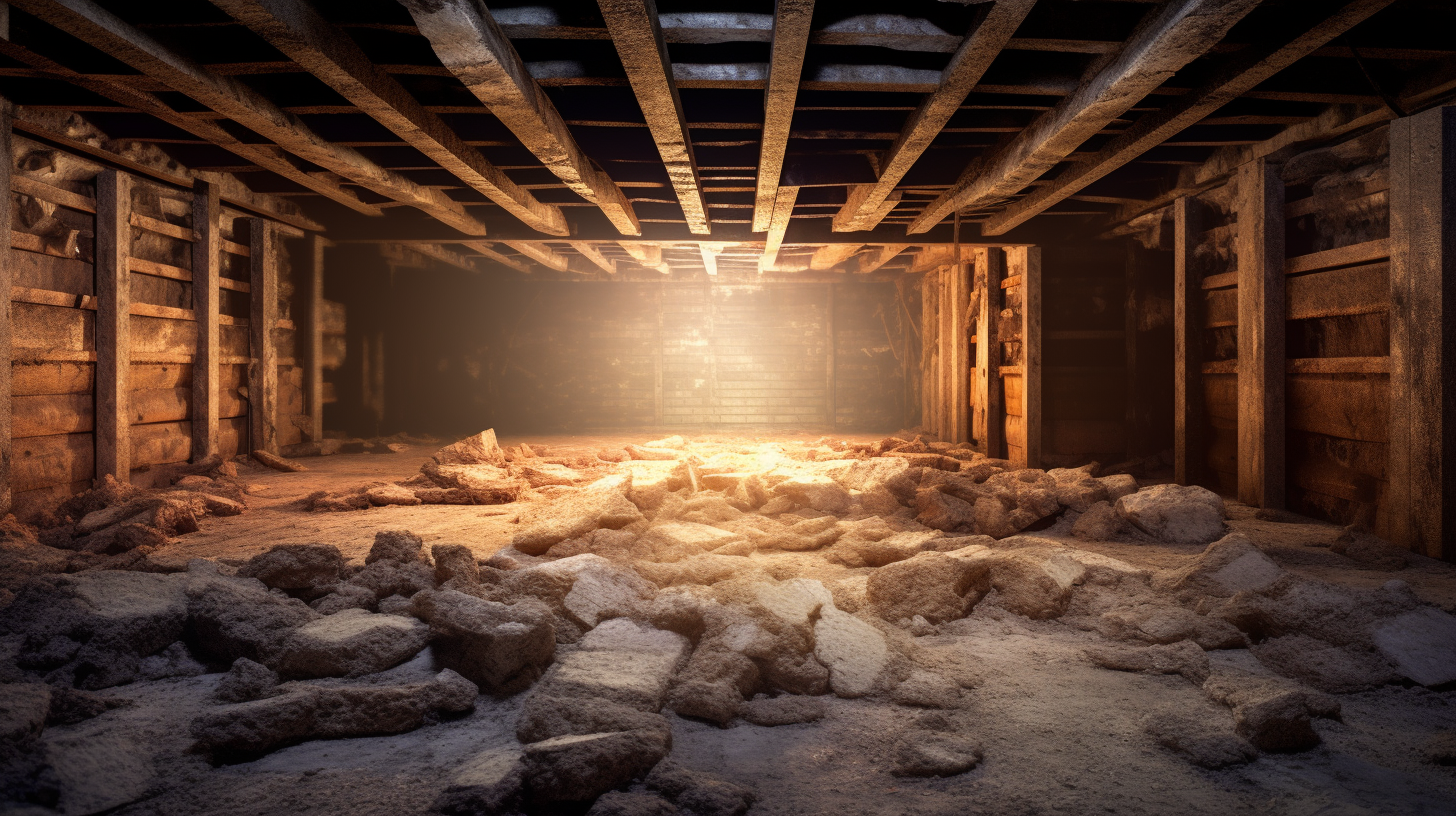
Got a Question? We’re Here to Help.
You can arrange an appointment or make an enquiry by phone or email, orget in touch to us via our contact form.
